An abacus is a simple 'counting frame'. He was used by many great ancient civilizations (there is recorded use by Mesopotamians, ancient Egyptians, Persians, Greeks, Romans, the Chinese Tang Dynasty, Buddhist scholars, etc.). Monikered as 'The First Calculator,' this nifty device allowed ancient scholars to perform large digit numerical operations with ease, long before the invention of the written numerical system.
The basic abacus consists of two parts:
- The 'Top Row' for 'fives'
- The 'Bottom Rows' for 'ones'
Basic mathematical operations like addition, subtraction, multiplication and division are solved by simple movement of beads in this instrument.
During LTTA in Croatia, the teachers built their own abacus.
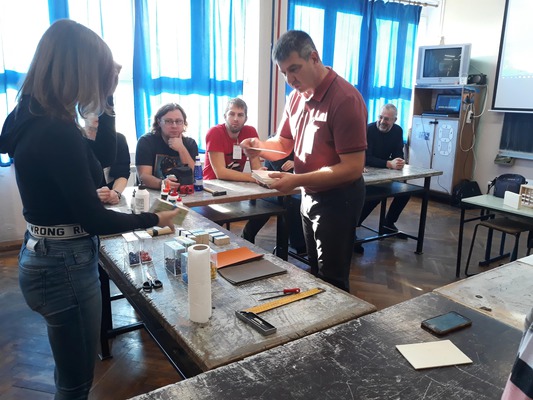
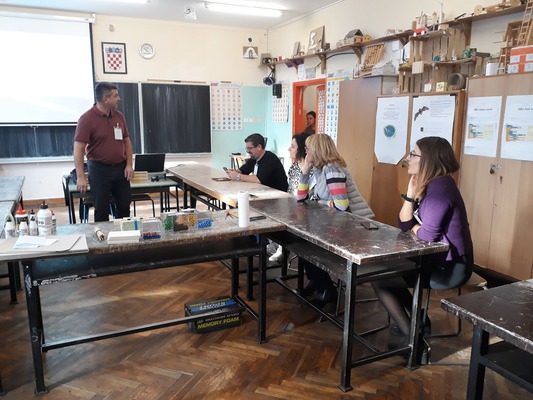

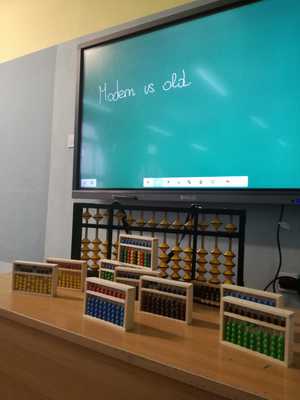
After that teachers had abacus work education.
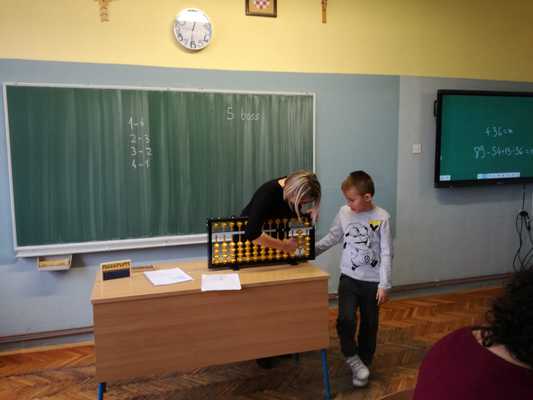
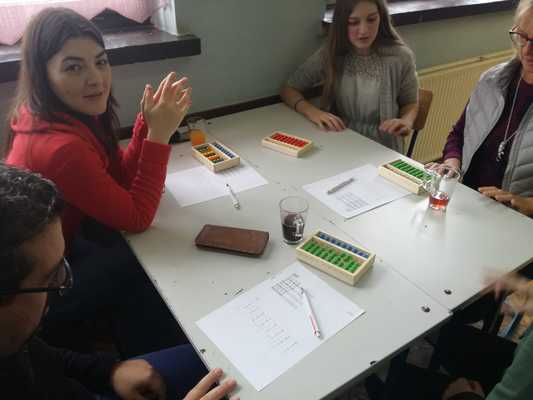
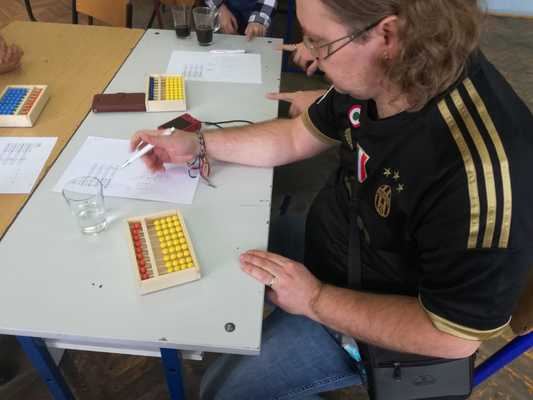
Benefits of abacus:
- Boosts better and faster calculation skills.
- Increases endurance for stress and pressure.
- Improves problem-solving abilities.
- Teaches clearer logical reasoning.
- Sharpens concentration and observance.
- Develops confidence and self-esteem.
- Heightens stronger mental visualisation skills.
- Betters reading and writing.
- Enhances photographic memory.
- Sharpens listening skills.
- Makes mathematics meaningful, useful and fun.
- Provides a solid learning foundation for addition, subtraction, multiplication and division.
- Increases memory power and sharpens overall mental formation.